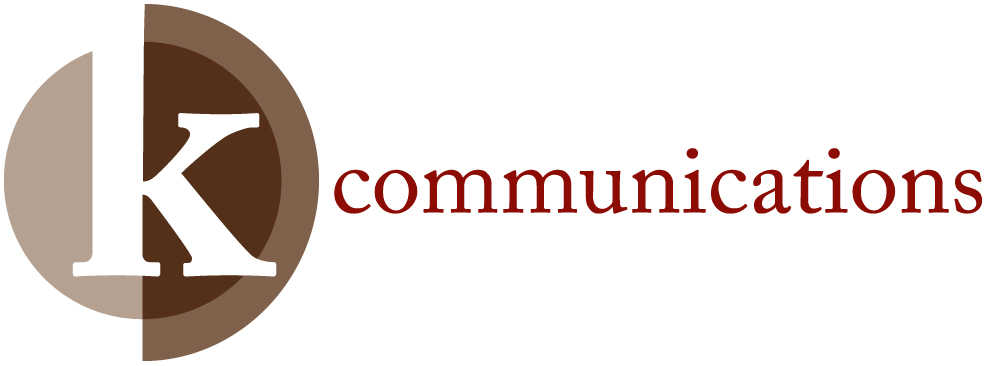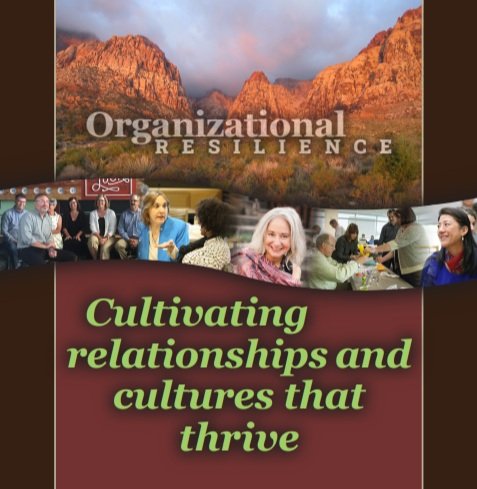Validate to Illuminate
/Our work is more enjoyable when the relationships with our colleagues are healthy. With higher levels of respect and trust, we experience more robust collaborations, more creative problem solving, and more nimble decision-making. We also experience more camaraderie, satisfaction, and, of course, better results.
When our relationships are strained our efforts are hampered. Miscommunication, decreased accountability, increased politics, silos, and one-upmanship begin to shape the cultural norms, seeping into the work experience and diminishing team capacity and leadership credibility.
At the crux of good business is good relationships. Nurturing relationships in an honest and caring way builds a kind of resiliency that will weather the inevitable storms brought on by differing perspectives, organizational growth, and persistent change.
How do we become better at relationships?
It is not a technical skill. It’s not a checklist or a mastered technique (although knowledge, skills, and tools can be helpful). It is a human, social competency. It is a chosen temperament to invest in getting to know a person and allowing others to truly get to know you.
Have you ever had someone really understand your perspective? Get where you were coming from? Share a connected kindred spirit vibe? It is a satisfying experience to be seen and heard. It is the cornerstone of connection.
New York Times columnist, David Brooks guides us in the “skilled art of seeing others and making them feel seen, known, and understood,” in his new book, “How to Know a Person”.
He explains that building a relationship involves “being curious about other people; disagreeing without poisoning relationships; revealing vulnerability at an appropriate pace; being a good listener; knowing how to ask for and offer forgiveness; and knowing how to see things from another’s point of view.”
Do you illuminate or diminish?
How we show up matters. We all leave an “emotional wake” in our exchange with others. Do people feel inspired by your presence or stifled? Hungry to grow or hesitant to contribute?
Brooks speaks of “illuminators” and “diminishers”, defined as:
Illuminators are genuinely curious about others – their stories, experiences, perspectives, and beliefs. They shine a bright light of caring and warmth that make people “feel bigger, deeper, respected, and lit up,” says Brooks.
Diminishers are so focused on themselves that others feel insignificant in their presence. They see people as tools; tending to stereotype and label; determining the totality of who a person is by one trait they witnessed.
Validate to Illuminate
In addition to giving your full attention, asking good questions, deeply listening, and generally being a good conversationalist, if you want to level up your relationships, you can learn the empathetic art of validating.
Validating is recognizing and affirming a person and their feelings and opinions as valid or worthy. Invalidating is when we deny, reject, or dismiss someone’s feelings, thereby sending the message that their subjective emotional experience is somehow inaccurate, insignificant or unacceptable.
Validating is NOT agreeing with someone. It is not placating, coddling, or manipulating. It is slowing down the conversation enough to hold space for another’s reality, without judgment.
Failure to Validate
Have you ever been in a conversation that escalates into friction and frustration? Often in those moments we may feel like the other person is not hearing us, and likely that feeling is mutual. When we fail to validate another’s experience, we miss the opportunity to connect and learn. We also risk missing the magical moment that could have created a breakthrough.
When difficult feelings are expressed, acknowledged, and validated by a trusted listener, those feelings will diminish. If they are ignored, the pain – and sense of separation and isolation - will gain strength.
Common missteps:
We try to make someone feel better. When we hear someone struggling, we attempt to be their cheerleader to help them gain perspective or see a silver lining. While that can be beneficial at the right time, if we have failed to validate, it tends to shut people down as they feel dismissed. Examples: “well, it could have been worse”, or “at least it is not x”, or “look on the bright side…”.
We try to fix it by giving unsolicited advice. “You should x”, or “Have you thought about doing x”.
We make it about us. To be relatable, we may slip into our own story, e.g. “I have had that happen to me. Let me tell you about the time when…”.
In the moments where we are not feeling validated, it can be difficult to extend it to others. Withholding validation until the other acknowledges us sets the dynamic up for misalignment and if repeated regularly, a broken relationship.
How can you validate?
It doesn’t have to be lengthy or complicated. It can be simply acknowledging another’s emotional state. “That sounds challenging”, or “That must be frustrating”, are often good starters. If you are not able to read their emotional state, you can ask, “How are you feeling about x?”. Connecting with empathy and compassion creates a new energy in the conversation. After you have validated, you might ask how you can further assist. Do they want a possibility thinking partner? An accountability partner? Or, is being a nonjudgmental sounding board sufficient?
Relationship building can be vulnerable and unpredictable. But, if you want to elevate a relationship and invest in a healthy work environment, consider practicing the art of validation. It is an act of honoring another person’s experience, feelings, or point of view – while creating space for deeper understanding and alignment.



